Devolution#4, STOP! THINK!
-->
SUDHIR KUMAR DUPPATI
Teacher: VISUAL ART DEPT.MARLBOROUGH BOYS COLLEGE
BLENHEIM, NZ, Email: sudhird@mbc.school.nz
25th April 2012
-->
My Reflection: “Excuse me sir, you cannot board the aeroplane without your shirt, you need to cover your chest” said the NZ Airport personnel before I was about to join the queue to board on the flight to Wellington-Auckland at Blenheim. I took my vest coat out, which I was luckily carrying and put it on. The NZ air personnel once again stopped me and said, “sorry, but you need to put all your buttons on that coat please.” I smiled and started to board the plane after putting my buttons on. I thought to myself about the condition of being ‘clothed’ which the airport has and wondered, how is it justified in a country like NZ where nude golf and ‘boobs on bike kind of ride/parade on the streets of a city are allowed? Is it a Maori or a Kiwi culture? What if a traditionally dressed Maori attempts to board an aeroplane? Will they also be stopped and asked to wear/cover their chests with something or will they be asked to stitch at button to their Korowai? And what about all those haka welcoming in the airport? I am aware of the cultural context here and as a matter of fact my outfit is similar to that of my ancestors too. I wonder how an ancestral costume is not accepted in the airports in a country where a similar culture exists?
As Blenheim airport has a ground walkable boarding system, I had a chance to have a chat with the pilot about my live art while I was entering the aeroplane. The passengers in the 18 seat plane were looking at me with mixed feelings and finally one of them asked me what is it about. Why am I ‘dressed’ like the way I am? I handed him my artist statement, which he read in the flight just as the other passengers also to whom I handed a few more leaflets. At the end of the bumpy flight at Wellington airport both the pilot of the plane invited me for a cockpit photo shoot, which was a pleasant surprise for me. Both the pilots were excited to know more about my live art, while I was performing a flying act.
As I walked into the Wellington airport, I could see all the travellers heads turn some in front of the others and me at my back. I decided to take off my coat thinking that I am not out of the aeroplane. I walked the length and breath of the airport before having my breakfast. I started to get back to my next boarding area to Auckland. “Awesome”, “cool”, “interesting”, “nice costume”, “funny”, “look at him!” “What is he trying to do” were some of the reactions from the public when they saw me.
Suddenly, I find an airport security personnel walking beside me who said, “Hello Mite, how is your day. How is it going today.” I understood why he was inquiring me politely and gave him a return smile. He then told me that he saw me on his security camera and came down to let me know that ‘bare chest’ in airport is unacceptable; and that the public will be offended. He then asked me “what is this all about.” I explained to him about my live art concept and the message I am expressing. He nodded his head as if he understood, but I could see a big glittering question mark on his forehead. I then told him that I am experimenting the socially acceptable boundaries put in place by our societies, which we identify as cultures. Appearance have assumed, accepted and misunderstood connotations, which becomes identities sometimes representing a personality of an individual, culture or an ethnicity. I then asked him about his identity, which to my knowledge was Maori. He then laughed at my question in a way responding to what exactly was going on in my mind.
My live art costume has already proved to be unacceptable in the airport public areas where ‘being clothed’ is the ‘civilized’ way. I wonder if the airport has a dress code rule in place for the public, which I am not aware of. however this is another aspect, which I will probe into the next time. I took off to Auckland art gallery in the next plane and I made sure I did ware my vest coat to cover my chest. My intention at that time was to complete my live art trip without any complication for once. After landing in Auckland, I was received by my sister and niece, who took me to the Auckland art gallery.
The responses I got in the gallery were amazing when the public who came to visit the ‘Degas to Dali’ came forward to ask about my dress/outlook. Some looked with curiosity and others wondered why? I shared my live art idea with most of the staff and public in the gallery and yes I was glad the staff in the gallery did not object about my bare chest, which assured me that they are professionally sound. My interacting with the art works on display was so exciting, as the meaning of each artwork changed and generated a new context. It was fascinating to see how some of the artworks in the gallery (which were static) sprang to life, while the others extended their meaning and context. Histories, cultures, ideologies and their associated values shifted and changed each time I interacted with an artwork.
I spent some time on Auckland streets where the public were equally curios and excited to see me with my USB on wheels. I could see some people were already clicking their camera to record my live art and some asking me to pose for their lens. It was a great experience to see people noticing, which made a difference to the otherwise unnoticed normal everyday attire. To me it was crucial to know if my being in the crowd has made a difference. In the sense that my outfit, which has a historical-symbolic connotation refers to my ancestors and is revisited to be presented in a context, where indigenous cultures co-exist with modernised systems. My idea was two fold, one to test and feel the reactions of the audience in a live environment and the other was to present a paradoxical situation by portraying a context of being what I ought not to be. My concept of having an enlarged version of a USB memory stick was to hint at the digital age we live in where memories now are not stored in the brain. The sensitivity of holding memories in the brain and remembering those moments (sometimes pleasant) by recalling them is now replaced by a device/gadget which is an electronic machine accessible with electric power. we humans have now less use of our brain or should I say we have replaced the organic brain with an electronic alternative brain.
My return journey to Blenheim was equally interesting and exciting. My presence, at times in silence during my travel has meant something significant to the surroundings and the people who were involuntarily drawn to be a part of my live art.
Live art ‘Devolution #4 STOP! THINK!’ (click) reflects on the current human conditions of life in the light of disasters, both natural and human made and its phenomenal cycle. Most of the present 21st Century generation humans are perhaps preconditioned with a life that is mostly taken for granted. Or is that the easy and convenient way around life? Perhaps there is no other choice left for us other than trying to fit into a system where material gains and ill gotten gains seem to be predominating in life. Is there a time and possibility to resist the growing greed and loss of love and compassion towards our fellow beings, leave alone oneself.
On the other hand various ecological changes, which we are witnessing currently are not only affecting our daily lives but leaving a bleak hope for a peaceful future. Is hope just one of the relying elements to live amidst this state of flux? Fractured and collapsed economic structures around the world, Political instability and the degenerating human values are the order of the day. Social conditions have become experimental in nature with human relationships and its 'values' at stake. It is hard and challenging to find or make sense of the words LIFE, ORDER, BALANCE, PURITY, CONTENTMENT, etc. The notion of sustainability and permanence is an on going attempt and hope for our human race, which appears to be a fallacious when we encounter natural disasters. Or is it one of the essential elements for hope of Life?
STOP! THINK! examines and attempts to reflect on our thoughts and ideas about this Life, while providing a time and space for those responsible to shape this world into a sustainable place to live.
STOP! THINK! examines and attempts to reflect on our thoughts and ideas about this Life, while providing a time and space for those responsible to shape this world into a sustainable place to live.
Ideas contributed by friends: What is the most important aspect of LIFE?
CONTENTMENT &EMPATHY-Sangeeta
THE MOMENT-Megha
LOVE-Brooke
STILLNESS-Amanda
MEANING, HOWEVER, WHATEVER, WHENEVER-Anish
GRAVITY-Simon
PASSION & HUMANITY-Helen
COMPASSION & TOLERANCE-Desi
LIGHT- Rodey
HUGS- Harry
SOUL-Sudhir
PERSONAL PEACE-Deb
Performers: Harry Jackson (Art Student), Ricky Stringer(Art student), Sudhir Kumar Duppati
Marlborough Boys College
23rd June 2011.
http://www.stuff.co.nz/marlborough-express/news/community-papers/5215082/Soul-devolution
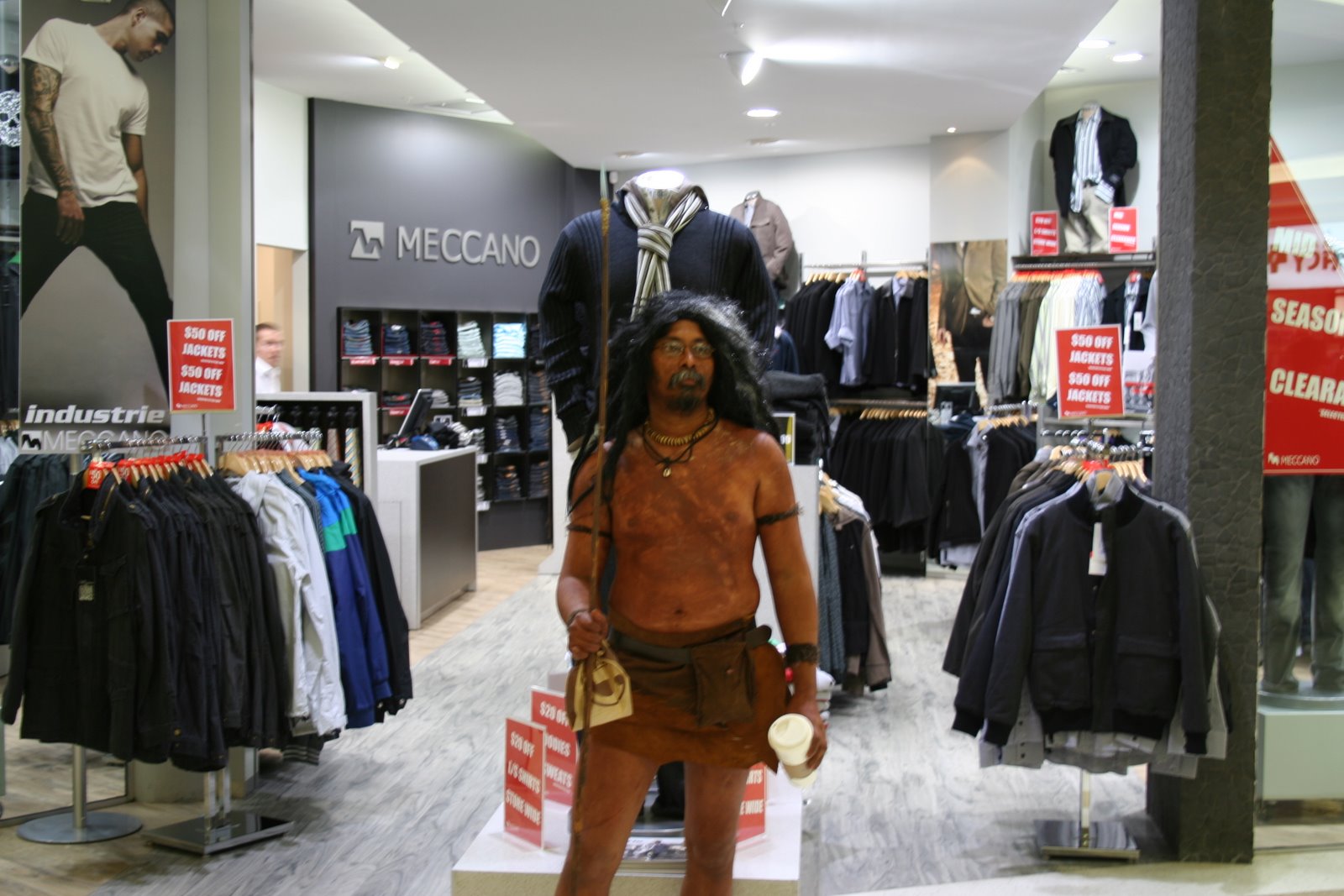
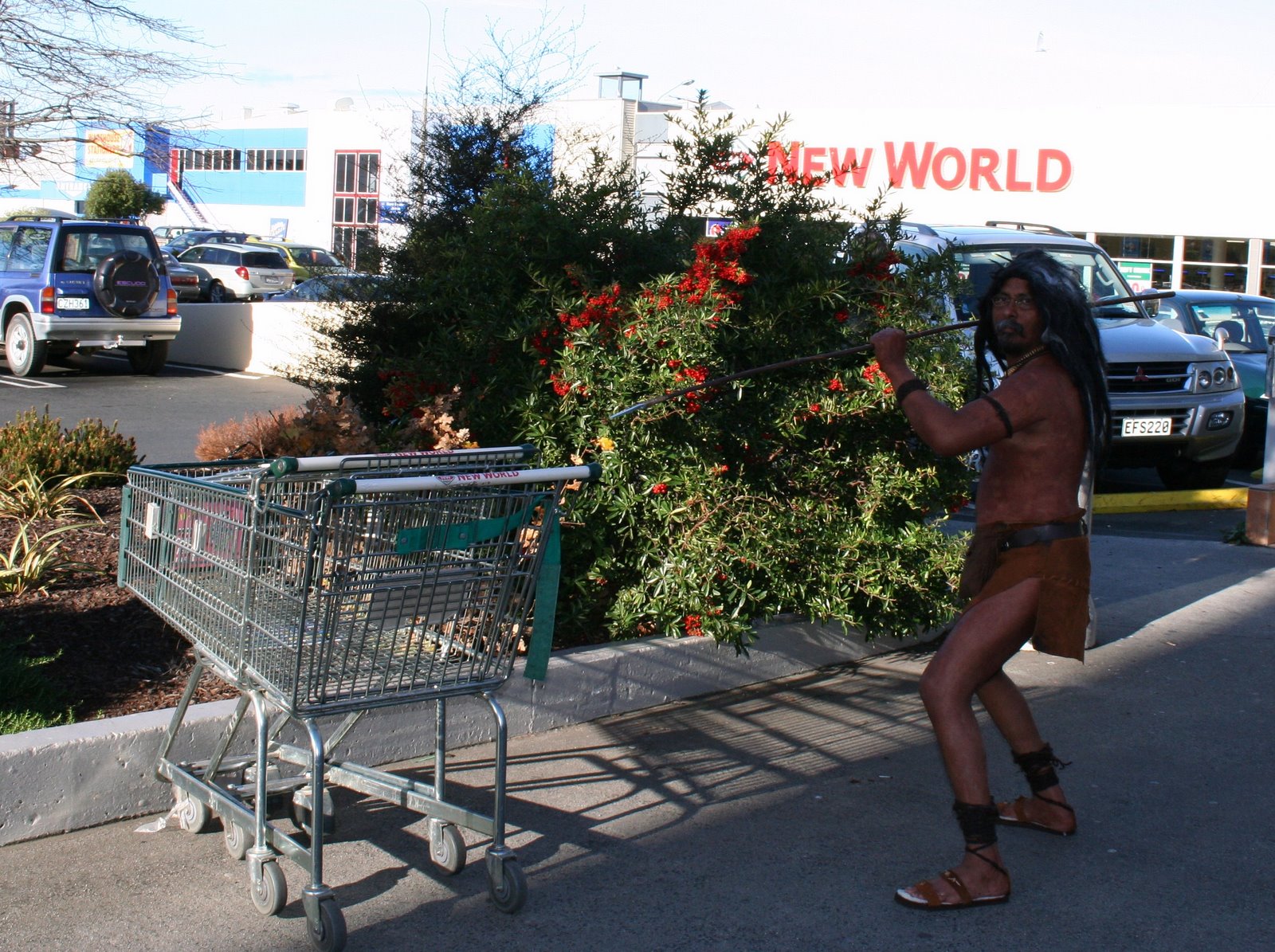
![[primitive5sudhir.jpg]](//1.bp.blogspot.com/_s1y0qkj8vr0/SJgUjZUdZQI/AAAAAAAAAaI/DTqNU7t9IgU/s640/primitive5sudhir.jpg)
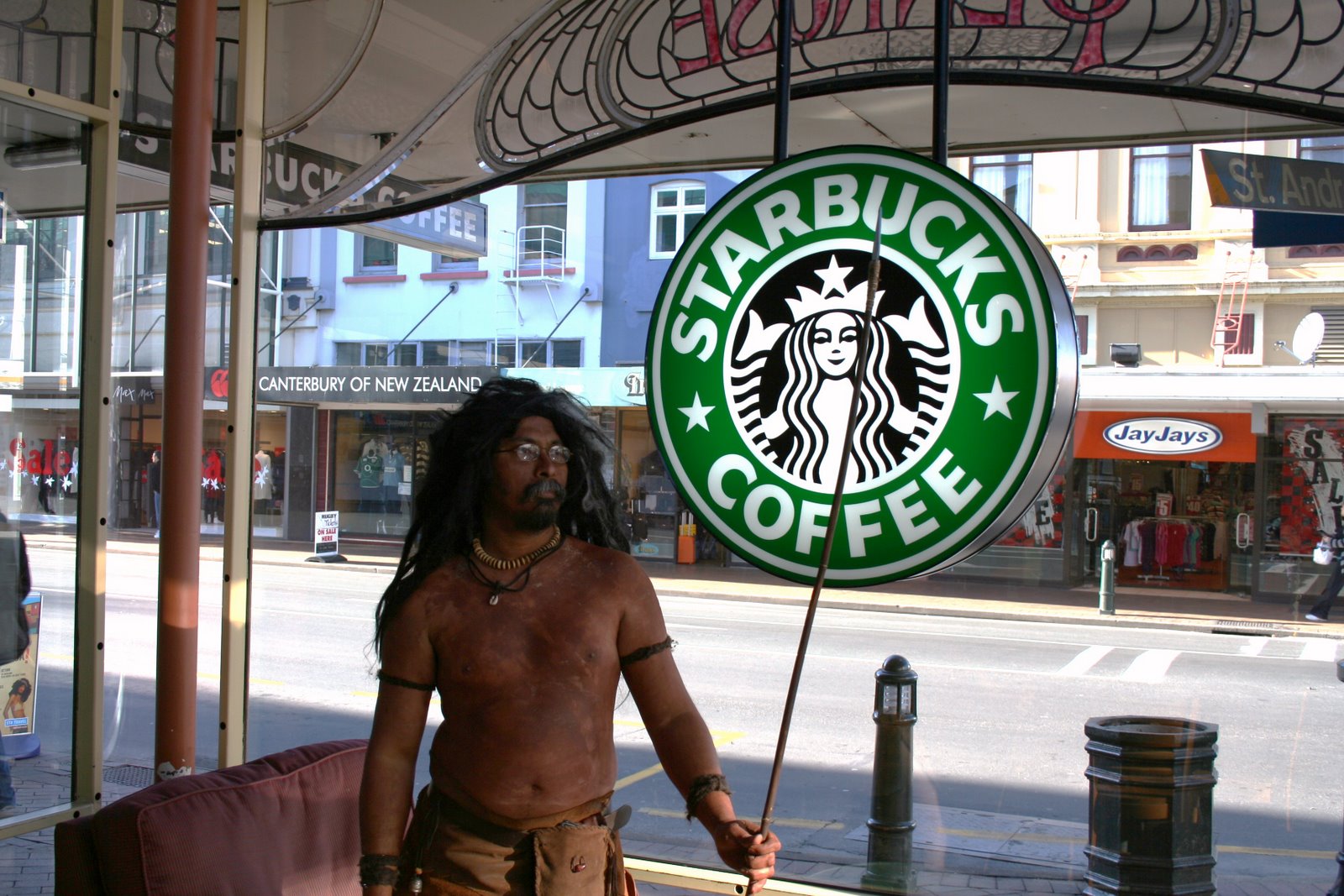





MARKS-2009, Otago Museum, Dunedin, NZ
MARKS -BLUE OYSTER GALLERY, DUNEDIN, NZ
'Devolution #1' Re-Visiting "Primitivism"
"Devolution#1" (performance- Re-visiting the primitive)
A reconsideration of the "primitive" notion with references to its 19th century contexts in history is intended to express my ideas through a series of performances, happenings and installations. To me recognition of representational forms is not the only process of understanding. Rather, presenting and surrendering one’s soul on a spiritual level in the act of making something artistic to raise one’s self to another level of experience is the essence of being –"The Primitive Being."
![[primitive5sudhir.jpg]](http://1.bp.blogspot.com/_s1y0qkj8vr0/SJgUjZUdZQI/AAAAAAAAAaI/DTqNU7t9IgU/s640/primitive5sudhir.jpg)
MARKS-2009, Otago Museum, Dunedin, NZ
Dunedin artist Sudhir Duppati painted music at the Otago Museum on Sunday 18th Oct 09.The Otago Polytechnic School of Art painting and drawing lecturer painted a eight-metre canvas in response to a trio of musicians playing guitar, digeridoo and electronica effects.The show was part installation and part performance and crowds gathered at the museum through the day to watch his progress.``I'm painting in response to the music, and the musicians are playing music in response to what I'm painting,'' Duppati explained.Children seemed particularly fascinated by the spectacle, as the artist almost appeared to meditate to the music at times before making his next movement. He completed the canvas in eight hours. Duppati has exhibited extensively in New Zealand, India, and the United States over the past three years, in galleries ranging from Peter Ray Art Gallery, Blue Oyster Contemporary Space, Salisbury House Gallery in Dunedin to the Tamarind Museum and Gallery in New York. He is also an accomplished performance artist, gaining national media attention during the 2009 Dunedin Fringe Festival for his ``Critique of Civilisation'' performance.
By NIGEL BENSON Arts EditorOtago Daily Times
MARKS -BLUE OYSTER GALLERY, DUNEDIN, NZ
dEVOLUTION @ M S UNIVERSITY, BARODA, INDIA, 2009
EXPERIMENTING @ DUNEDIN ART SCHOOL-2008
MARKS-2004 @DAIRA ART GALLERY, INDIA
INTERPRETATION OF SOCIAL PHENOMENA DILEMMA 2000+
ALLIANCE FRANCIASE, INDIA
'Interpretation of Socila Phenomena Dilemma 2000+', Eritro-German, Eritrea, 2003.
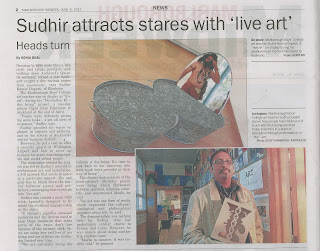








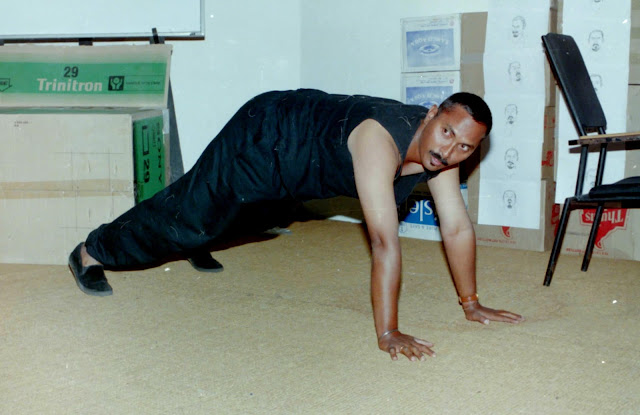






















0 Comments:
Post a Comment
<< Home